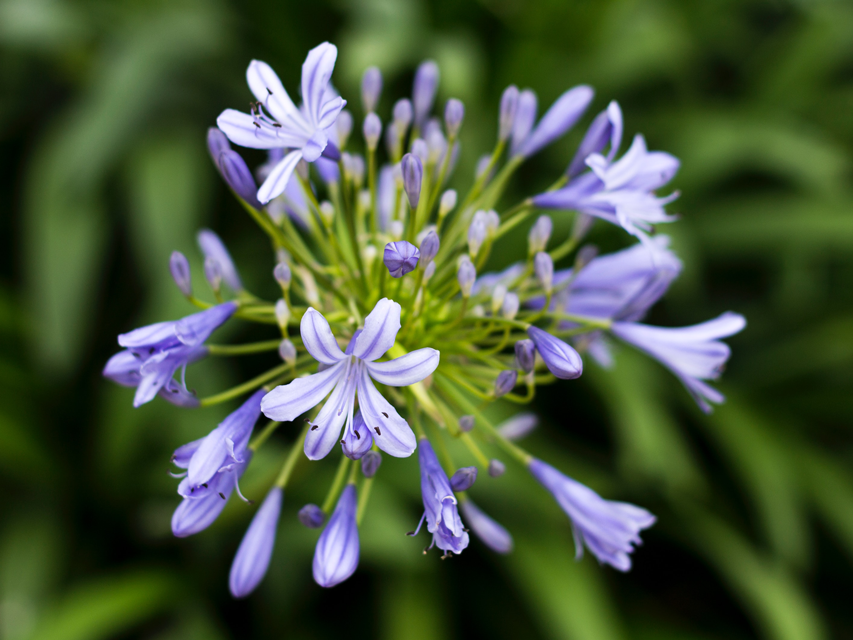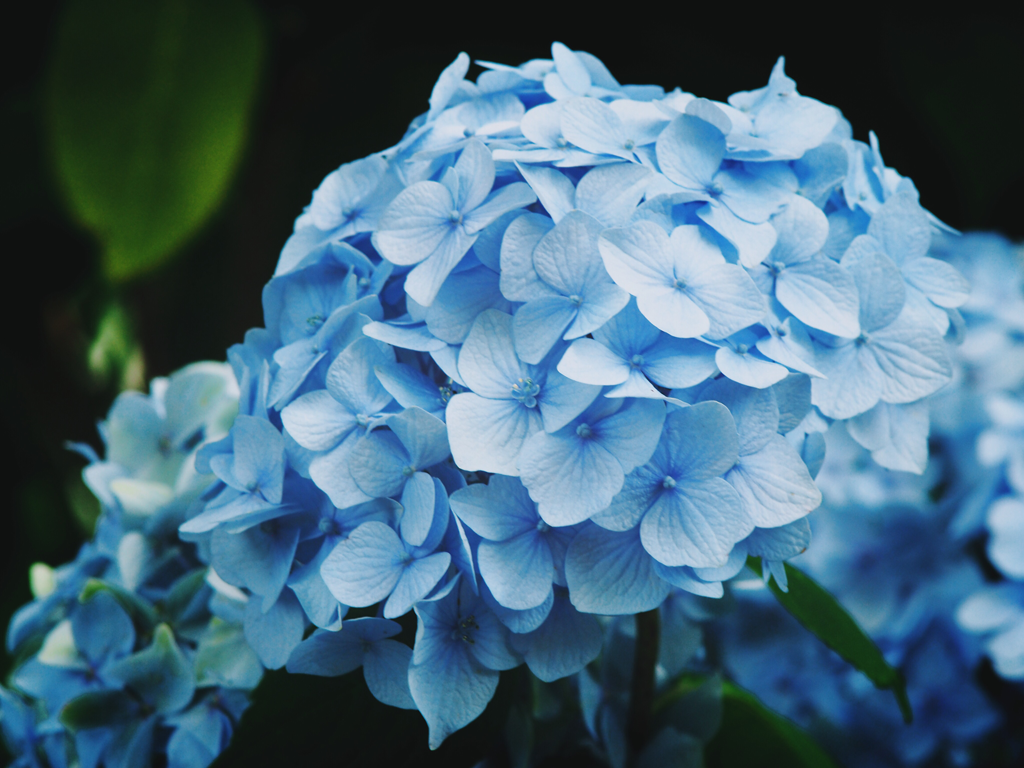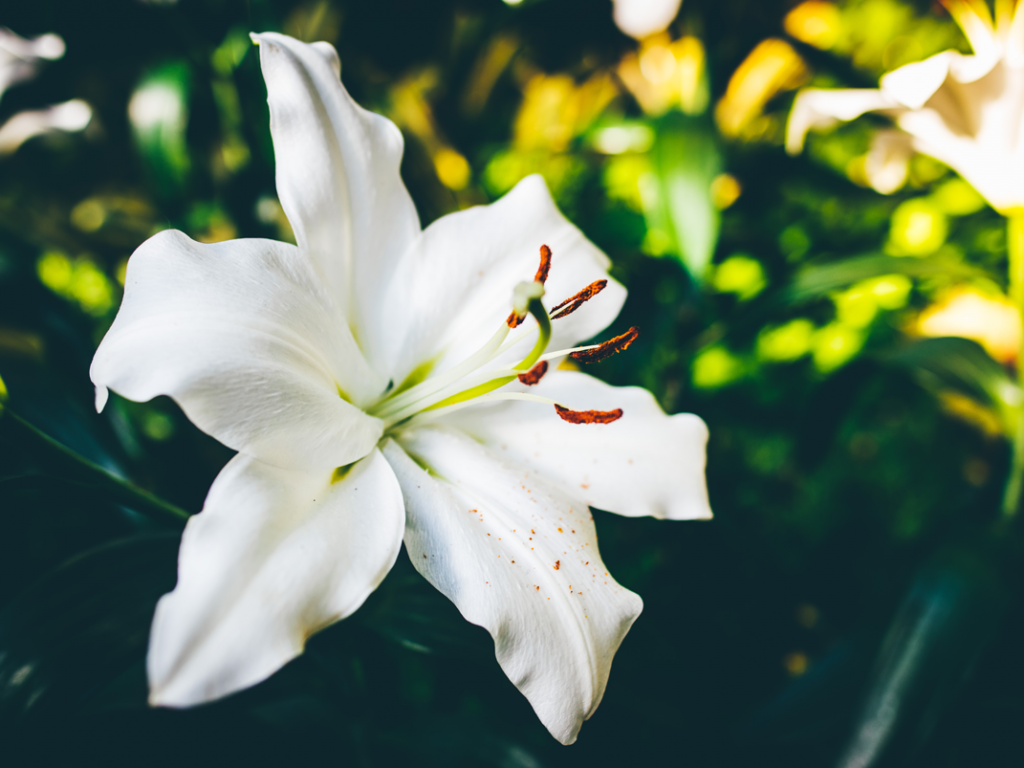The information below covers flower care hints and tips by Cotswold Blooms to help ensure you get the best from your flowers. If your flowers have been provided as part of our wedding service, all the flower care steps will have been undertaken prior to their arrival.
General Flower Care
- Keep loose bunches cool until they are placed in water, cutting one to two inches off their stems at a 45° angle
- Ensure the vase or container is thoroughly cleaned, as dirt and bacteria will harm the flowers
- Place flowers in fresh clean water, ensuring the water is changed every few days
- Add flower food to the water according to instructions provided
- Remove unnecessary leaves from the arrangement because they will cause the flowers to dehydrate faster
- Ensure all leaves below the waterline are removed to avoid microbial growth
- Ideally place flowers out of direct sunlight, keep in a cool location away from drafts (heating, cooling systems, ceiling fans, radiators and televisions)
- Towards the end of the life of the floral arrangement, remove any flowers that die to maximise the life of the remaining flowers
Specific Flower Care

Agapanthus
If the Agapanthus is starting to look limp before you think it should, re-cut the stems and add them to fresh lukewarm water with flower food.

Daffodils
Daffodils are often best kept in an arrangement on their own, as they can release a chemical which can harm other flowers. If they are used in a mixed arrangement, change the water frequently.

Hydrangea
Be careful when cutting the stems of Hydrangeas, additional force may be required as they have woody stems. Hydrangeas can be dried easily by leaving them in the vase with water until they feel firm and crisp, but remember to remove any other flowers or foliage to stop mould spreading.

Lilies (All Varieties)
Be aware lily pollen can stain so place the arrangement in a suitable location. If the pollen comes into contact with fabric, attempt to remove by patting with the sticky side of sellotape. Another option is to consider pinching the anthers off soon after the lily blooms, wear gloves if your are concerned about staining your finger tips.

Sunflowers
They are large flowers and consume a large amount of water. Check the vase water level more often than other types of flowers to avoid possible dehydration.
If you have any questions or require further information, please Contact Us.
In the mean time, why not take a look at our Instagram or Facebook page to keep up to date with our latest designs.